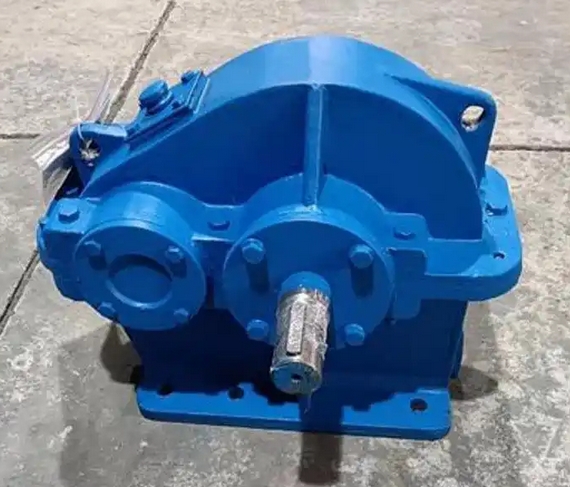What are the specific standards for gear wear of ZD45-2.24-V reducer
At present, there is no specific standard for gear wear of ZD45-2.24-V reducer, but it can refer to the general judgment criteria for gear wear of reducers:
Tooth thickness wear amount:
For closed gear transmission with soft tooth surface (hardness<350HBW), the wear of tooth thickness should usually not exceed 10% of the original tooth thickness.

Hard tooth surface (hardness>350HBW) closed gear transmission, the wear of tooth thickness should usually not exceed 20% of the original tooth thickness.
Open gear transmission, due to poor working environment, has a relatively large allowable value for tooth thickness wear, usually up to 25% -30%.
Tooth surface pitting: When 30% of the meshing surface is damaged by tooth surface pitting and the depth reaches 10% of the original tooth thickness, the gear should be scrapped.
Mesh area: Generally, cylindrical gears are required to have a mesh area of no less than 40% based on tooth height and no less than 50% based on tooth length.
Tooth damage: There should be no cracks or broken teeth on the teeth. If there are partial or complete tooth breakage, severe adhesive scratches or plastic deformation on the teeth, it is usually necessary to replace the gear.
In practical applications, the allowable range of gear wear should be comprehensively determined based on the specific design requirements, working conditions, and relevant industry standards of the ZD45-2.24-V reducer.

